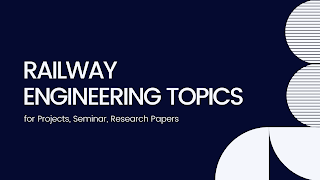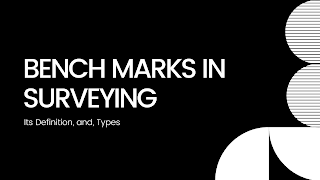150+ Surveying Topics helpful for Civil Engineers

Surveying is a field in Civil Engineering in which we by help of various Instruments like Theodolite, Tacheometer, perform required measurements, do levelling, centering etc. To know more about it, In this article, we will see 150+ topics and sub-topics of Surveying which can helps Civil Engineers for projects, seminar, and research papers. So, if you wonders about where can I find all topics related to Surveying, you are at right place. Let's see, Plane Table Surveying Geodetic Surveying Topographical Survey Engineering Survey Cadastral Survey Hydrographic Survey Astronomic Survey Geological Survey Chain Surveying Compass Surveying Levelling Theodolite Surveys Tacheometric Surveys Photogrammetric Surveys EDM Surveys Principles of Surveying Direct Vernier Retrograde Vernier Mistakes & Errors Linear Measurements Tapes Surveying Chain Pegs Arrow Cross Staff Optical Square Prism Square Simple Clinometer Direct Ranging Indirect Ranging Random Line Method Error in Chaining Tape Cor...





